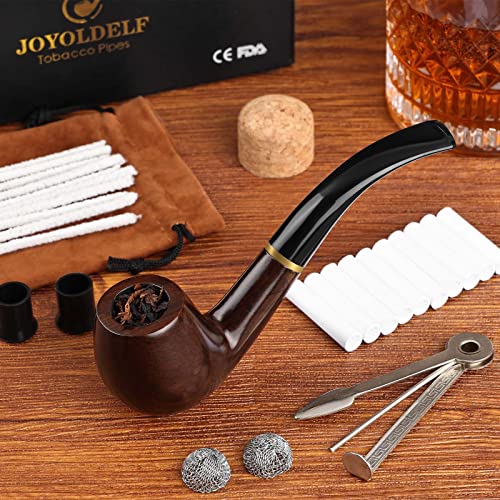Winterize Your Pipes to Prevent Freezing
Winterizing your pipes is a crucial step in preventing them from freezing during cold temperatures. Here are a few steps you can take:
- Insulate your pipes: Use foam pipe insulation sleeves or wrapping to protect exposed pipes from the cold.
- Seal cracks and gaps: Inspect your home for any cracks or gaps near pipes and seal them with caulk or insulation to prevent cold air from entering.
- Drain and disconnect outdoor hoses: Remove any outdoor hoses and drain the water from them. Shut off the water supply to outdoor faucets and consider installing faucet covers for added protection.
By taking these preventive measures, you can significantly reduce the risk of your pipes freezing.
Maintain a Consistent Indoor Temperature
Keeping a consistent indoor temperature is another effective way to prevent frozen pipes. Here’s what you can do:
- Set your thermostat: Maintain a temperature of at least 55°F (12°C) or higher, even when you’re away from home.
- Open cabinet doors: During extremely cold weather, open the cabinet doors under sinks to allow warm air to circulate around the pipes.
These simple steps can help ensure that the temperature inside your home remains warm enough to prevent your pipes from freezing.
Let the Faucet Drip
Allowing your faucets to drip can help prevent frozen pipes. Here’s why:
- Dripping water helps relieve pressure: Running water through the pipes, even at a slow drip, helps prevent pressure from building up, reducing the risk of frozen pipes.
- Continuous water flow: Moving water is less likely to freeze compared to stagnant water.
Keep in mind that you should only let a faucet drip if the water supply is not at risk of running out. This method is particularly useful during overnight hours or when the temperature drops significantly.
Keep the Heat on
One mistake many homeowners make is shutting off the heat completely when they’re away for an extended period during the winter. Here’s why you should keep the heat on:
- Maintain a warm indoor temperature: Keeping the heat on, even at a lower setting, will help prevent your pipes from freezing.
- Prevent other potential issues: Maintaining a consistent indoor temperature also helps prevent other problems associated with cold, such as mold growth and damage to furniture or other belongings.
It’s best to keep the heat on throughout the entire winter to ensure that your pipes stay protected.
Contact a Professional in Severe Cases
If you’ve taken preventive measures and your pipes still freeze, it’s important to contact a professional plumber or a water damage restoration company immediately. Here’s why:
- Thawing frozen pipes: Professionals have the expertise and proper tools to safely thaw your frozen pipes without causing further damage.
- Inspect for potential damage: Frozen pipes can lead to cracks, leaks, or even burst pipes. A professional can inspect your system for any damage and make the necessary repairs.
- Water damage restoration: If a frozen pipe has burst and caused water damage, professionals can assist in mitigating the damage and restoring your home.
When dealing with frozen pipes, it’s crucial to address the issue promptly to minimize potential damage and avoid future plumbing issues.






